Russian National Ballet Theare (RAMT) is the traditional home of the Summer Ballet Seasons. It is located in a grand historical building at the heart of Moscow – Teatralnaya Square, right next to the Bolshoi and Maly Theaters. The stage remembers performances of Zimin Private Opera (where Fyodor Shalyapin appeared regularly in 1907), Moscow Art Theatre the Second run by Mikhail Chekhov, and many other famous theater companies.
In 1871, on the Theater Square, to the left of the Bolshoi Theater and opposite the building of the Malyi Theater, architects F. Shestakov and O.Bove built the house of Major General K.M. Poltoratsky. This house quickly became one of the centers of Moscow's cultural life: it was a place where the balls drew the creme de la creme of Moscow's high society, and it was frequented by the owner's niece Anna Kern.
In 1840 the house was bought by the merchant P.A. Bronnikov. Between 1869 and 1882 the merchant rented the second floor to the theater of Moscow's "Artistic circle". This group of prominent literary men and artists was established by playwright Alexander Ostrovsky. The "Artistic Circle" theater was one of Russia's first private theaters.
In 1882 the building was rented out by the famous actor, director and entrepreneur M.V. Leontovsky. He hired architect B.Freidenberg to reconstruct the house, changing it significantly. The building has been preserved pretty much unchanged to this day. Leontovsky, who was a student of M.S. Tschepkin, strove to create an exemplary drama theater with a diverse repertoire that would combine operetta, extravaganza and the art of drama. Such theater was opened on December 29, 1882, but it did not last long.
In September 1898 the building became a home to the Imperial New Theater, which lent its stage to the youth troupes of Bolshoi and Malyi theaters. The young actors' troupe of the Malyi Theater was headed by the actor, director and pedagogue A.N. Lensky.
In the beginning of the 20th century the stage housed performances by the private opera of S.I. Zimin. In 1909 the building was rented out by a well-known entrepreneur, director and actor K.N. Nezlobin.
In 1920s the opera and ballet performances of Bolshoi Theater took place in this building. In the fall of 1924 the First Studio of the Art Theater was given the name of MKhAT (Moscow Art Academic Theater). The new theater was given the building on Theater Square. It lasted until 1936.
Starting in 1936 the building houses the Central Children's Theater that was established in 1921 by Natalia Satz. It has started the professional careers of Anatoly Efros, Georgy Tovstonogov, Oleg Efremov, Viktor Rozov, Valentina Sperantova and many others.
In 1992 the theater was given a new name – Russian Academic Youth Theater.
The project's mission is to keep Russian ballet's rich traditions, an important part of Russia's cultural heritage. Another, equally important, goal is to attract the mass audience to the art of ballet. The Seasons organizers are in constant search of new professional troupes and brightest performers, preserving continuity of generations in the Art of Dance.


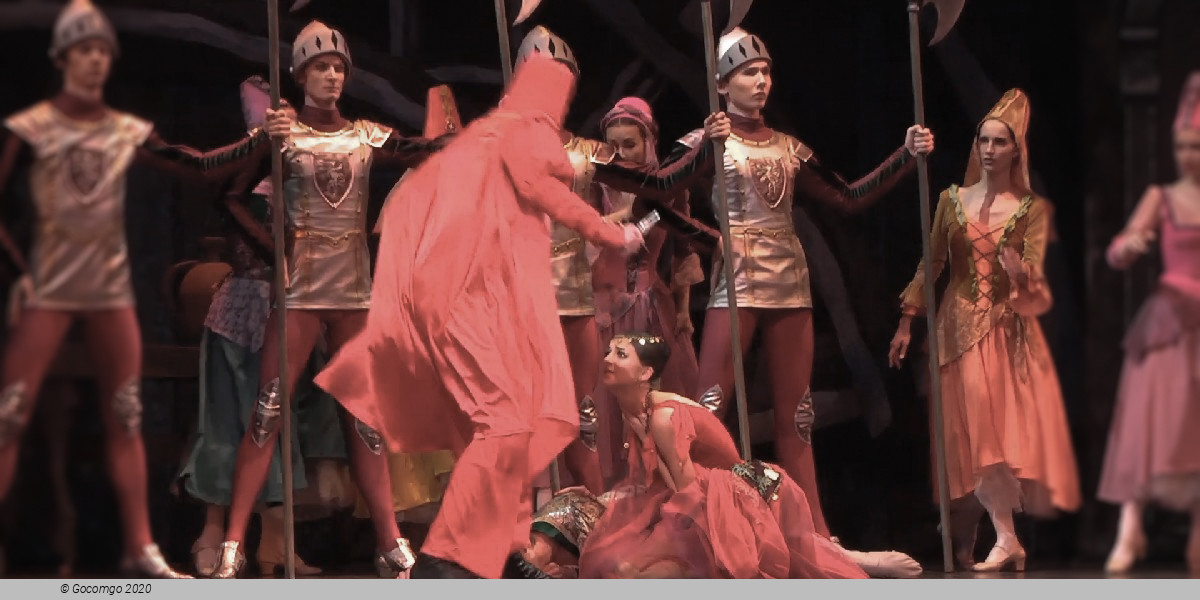
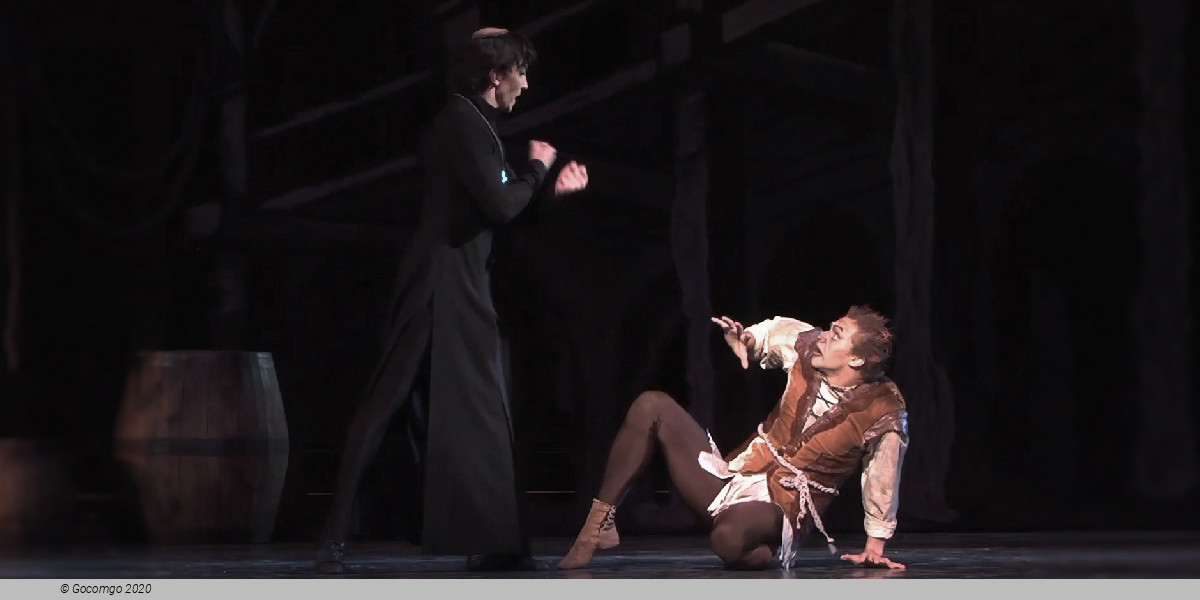
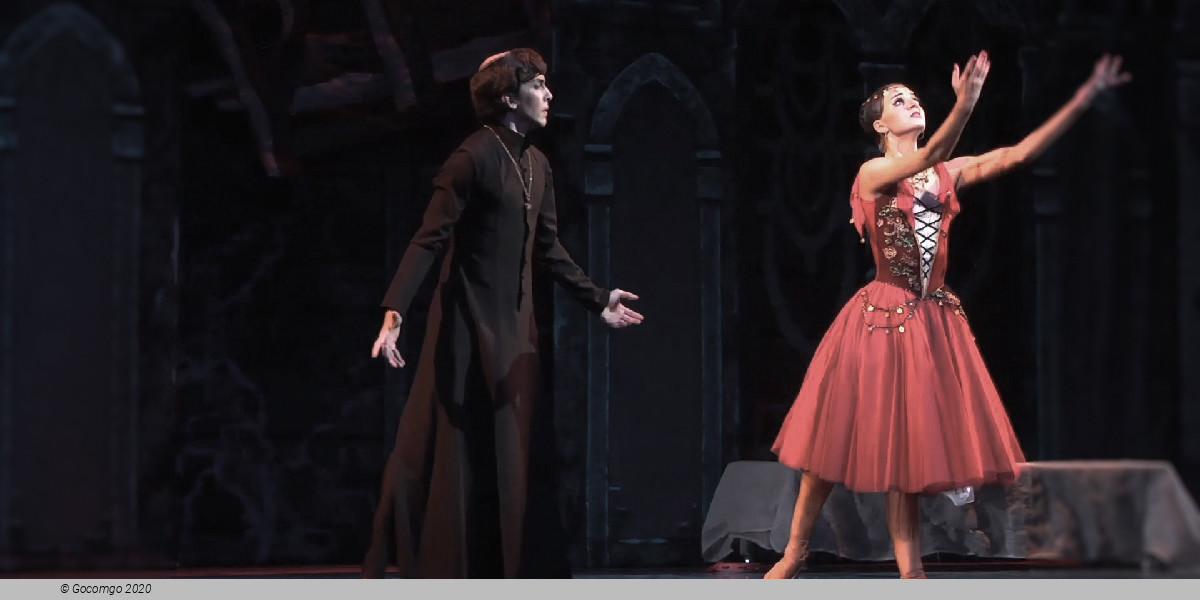
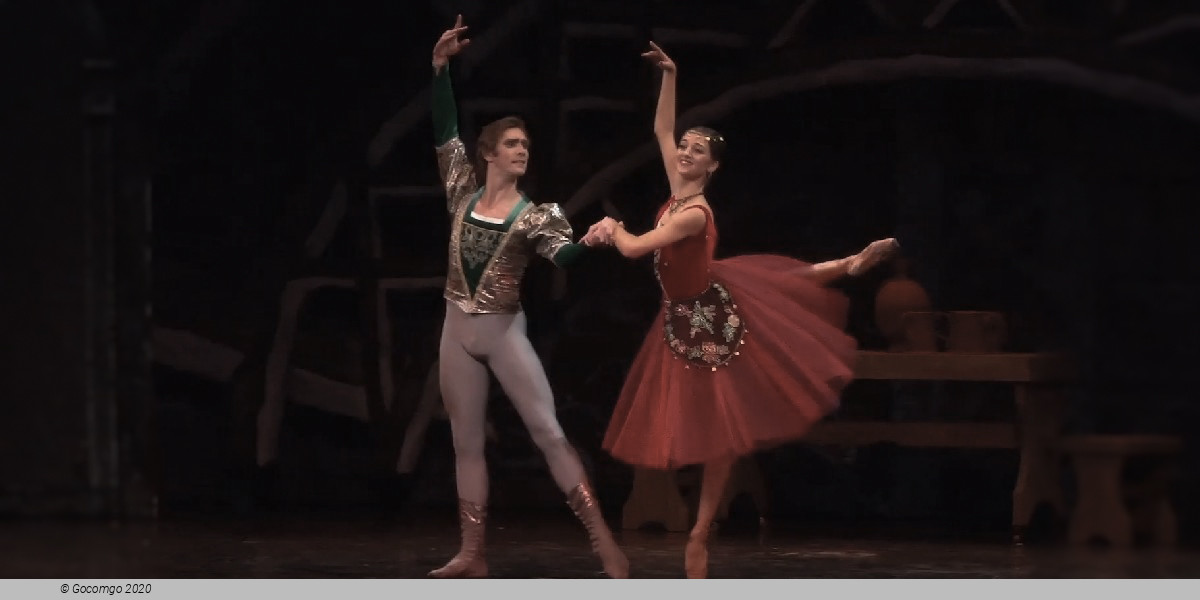
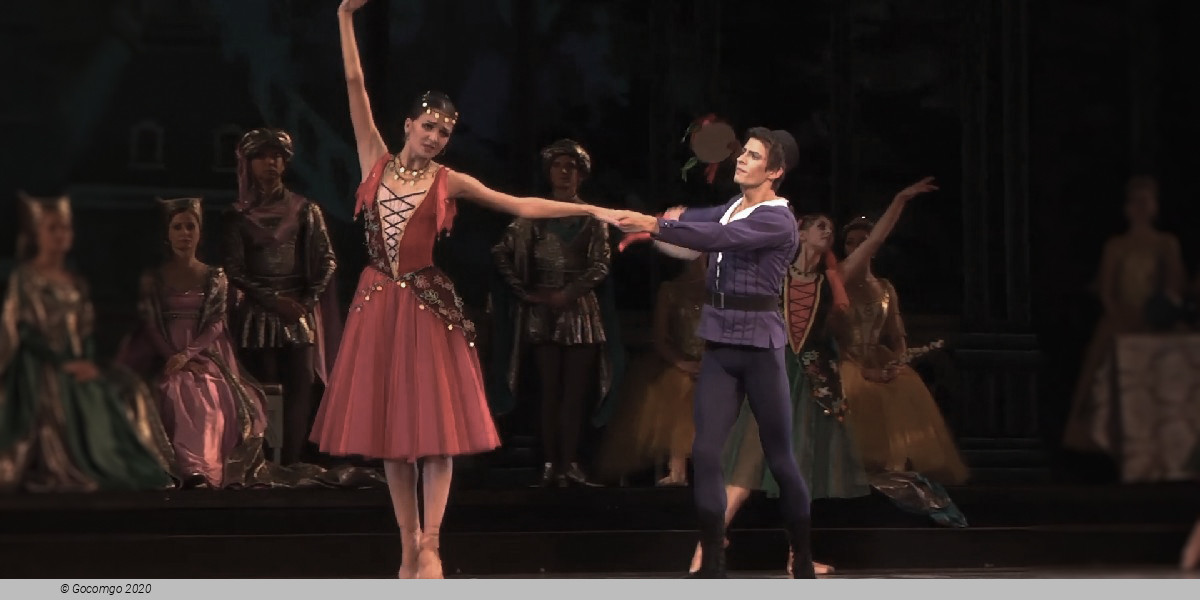
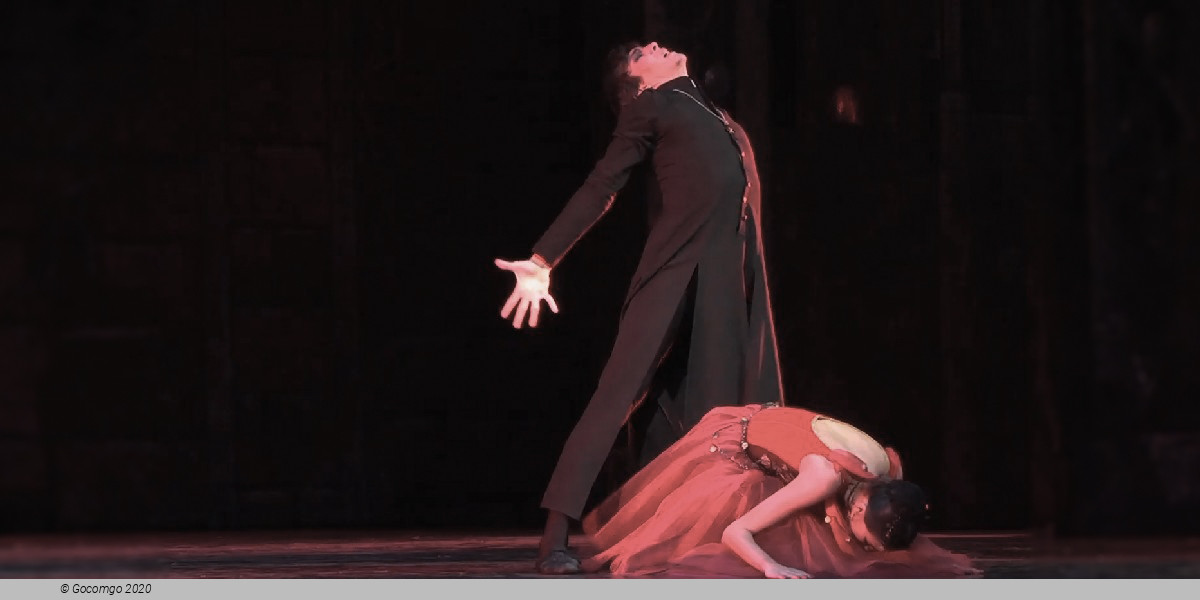
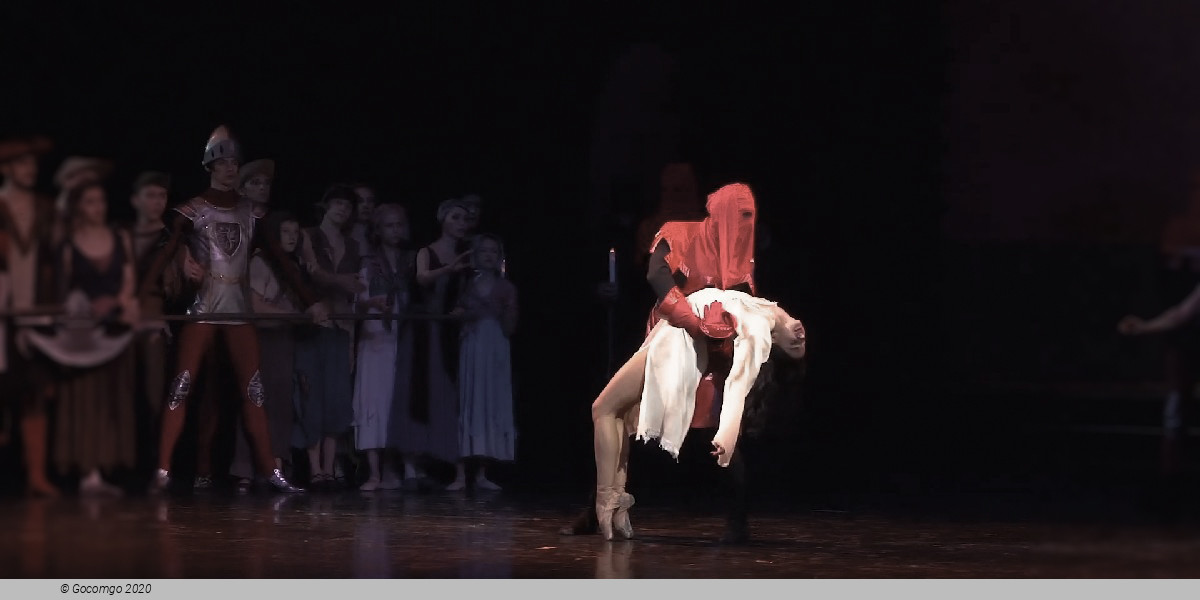
 Teatralnaya Square, 2
Teatralnaya Square, 2